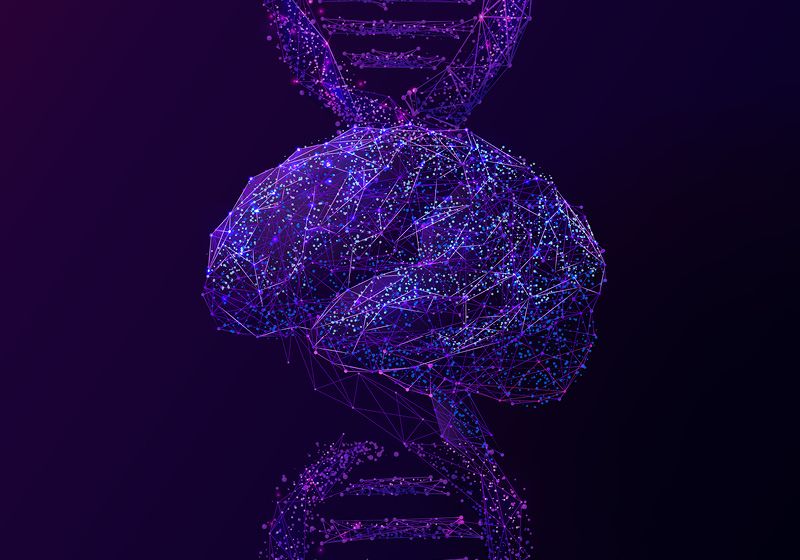RNA and protein expression profiles differ between the brains of living and deceased people.
Omics technologies have enabled researchers to study the molecular functions of human tissues. But some tissues—like the brain—are harder to access than others. Because of the limited access to living brain samples, scientists studying this organ have relied upon postmortem tissues.
Concerned about whether deceased brain tissue adequately resembles living brains, psychiatrist Alexander Charney and neurosurgeon Brian Kopell at the Icahn School of Medicine at Mount Sinai teamed up to investigate this question. As part of the Living Brain Project, they developed a process to retrieve brain samples from patients during deep brain stimulation (DBS). The researchers compared these samples to those of postmortem brain tissue.
In a study published in PLoS One, the researchers demonstrated that brains from living versus deceased individuals are significantly different in their number of primary and mature RNA transcripts, RNA splicing, and protein expression.1 These findings offer important insights into how the molecular markers of the brain change after death and how these differences may influence further neuroscience research.
Matthew Girgenti, a neuroscientist at Yale University, said that recent advancements in sequencing and single-cell technologies have made it an exciting time in neuroscience to better understand brain biology. Although not involved in the current study, he said that many groups including his own are beginning to explore these comparisons. “It’s an incredibly important step for us to begin to see what are the differences between the living and the dead brain,” Girgenti said.
Girgenti added that many researchers studying human brain genomics were excited for the Mount Sinai group’s paper to publish. “It was really an important opportunity for us to begin to understand how death affects gene expression in the brain,” he said.
Alexander Charney (left) and Brian Kopell (right) colead the Living Brain Project at the Icahn School of Medicine at Mount Sinai.
Mount Sinai Health System
Previously, Charney and Kopell’s team showed that overall RNA expression differed between living and postmortem brain tissue.2 When they began to explore proteomic differences, Charney explained that the researchers also considered additional ways to study RNA between the two samples. “It was clear that there are lots of different ways that the living and postmortem states may differ, and we should try and investigate as many as possible,” he said.
Using bulk RNA sequencing, the researchers showed differential expression in the majority of both primary and mature RNA transcripts, with transcripts distinctly elevated in tissues from both living and deceased patients. Then, the team used liquid chromatography-mass spectrometry to assess differences in protein expression; similar to the RNA expression results, the researchers observed that 61 percent of proteins were differentially expressed between living and postmortem brain samples.
Next, to determine whether RNA splicing differed between the two states, the team compared the number of mature RNA transcripts to that of their matching primary RNA transcripts. The researchers saw greater splicing rates in more than 9,000 RNA transcripts in brains from living patients, while postmortem brains had higher splicing rates in more than 5,000 transcripts.
Similarly, when the researchers assessed how introns were used in these RNA transcripts, they again saw differential usage between living and postmortem samples. “It just really hammered home for me how complicated the living versus postmortem state is at the molecular level,” Charney said.
Girgenti pointed out that one caveat to this study, and most other comparisons, is that most of the samples came from people with neurological conditions, namely Parkinson’s disease. Although the present study included some patients receiving DBS for certain psychiatric disorders, Girgenti said that it’s not possible to obtain these samples from most patients or from healthy people. He added that identifying a reliable control for these types of studies will be a challenge for the field to consider.
Overall, though, Girgenti said that he thought that the study size was impressive and that the work was as rigorous as is currently possible. “These were really interesting findings. I mean I think that these are findings that we can take and we can move forward with,” Girgenti said. “Basically, is there something there that we should be looking at in our postmortem data sets that may be confounding? And so, I think that there is a cautionary aspect to the paper for postmortem brain work.”

